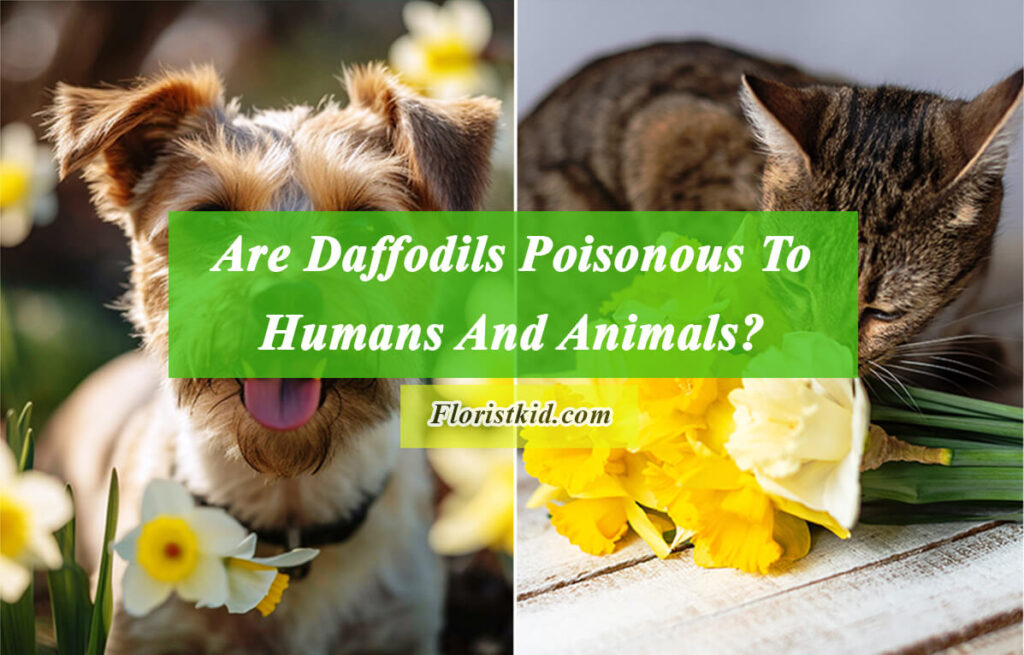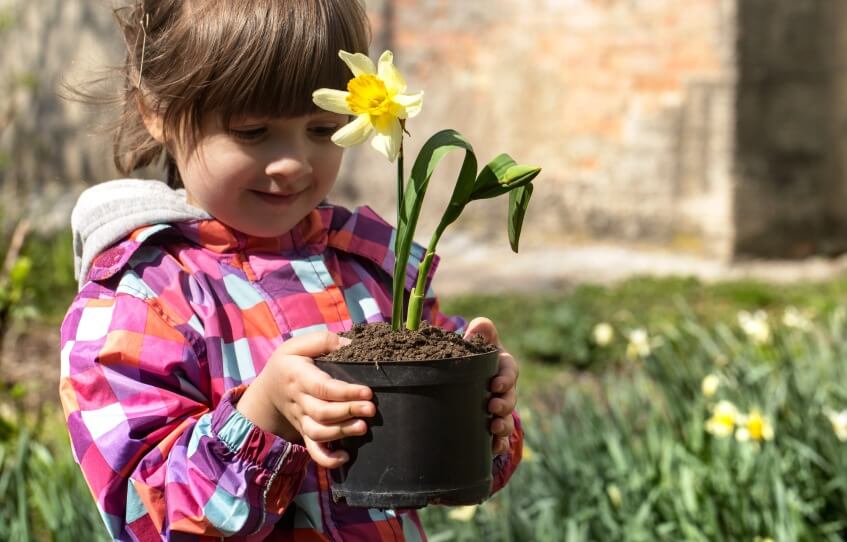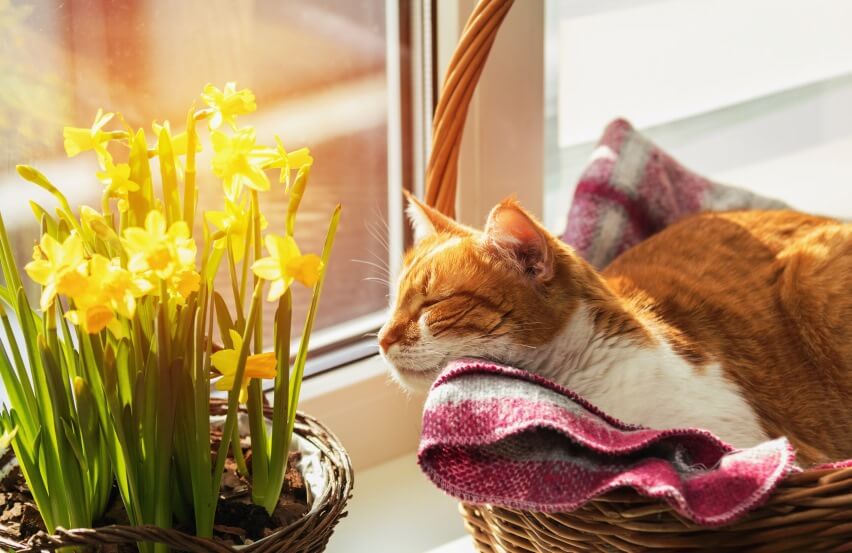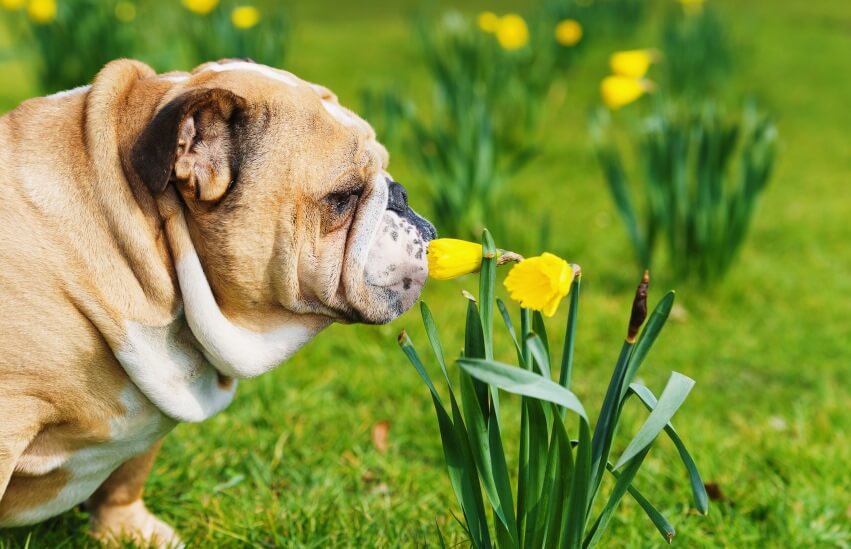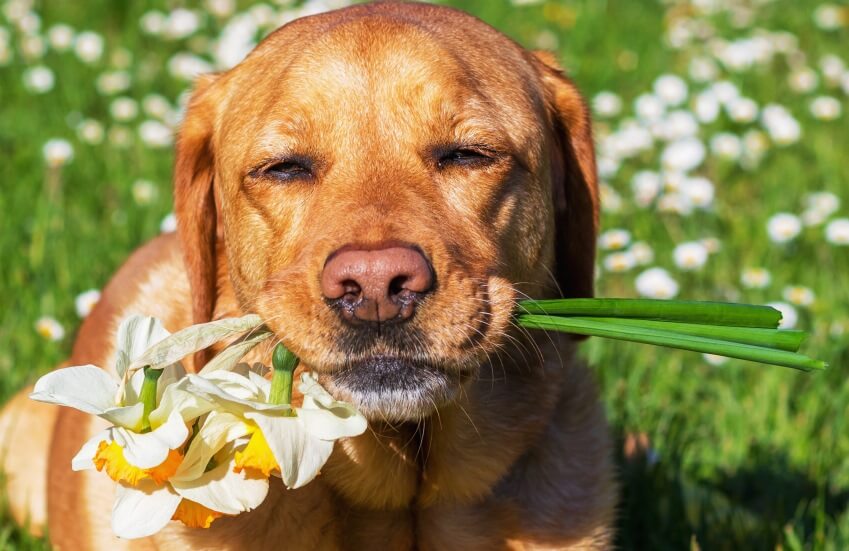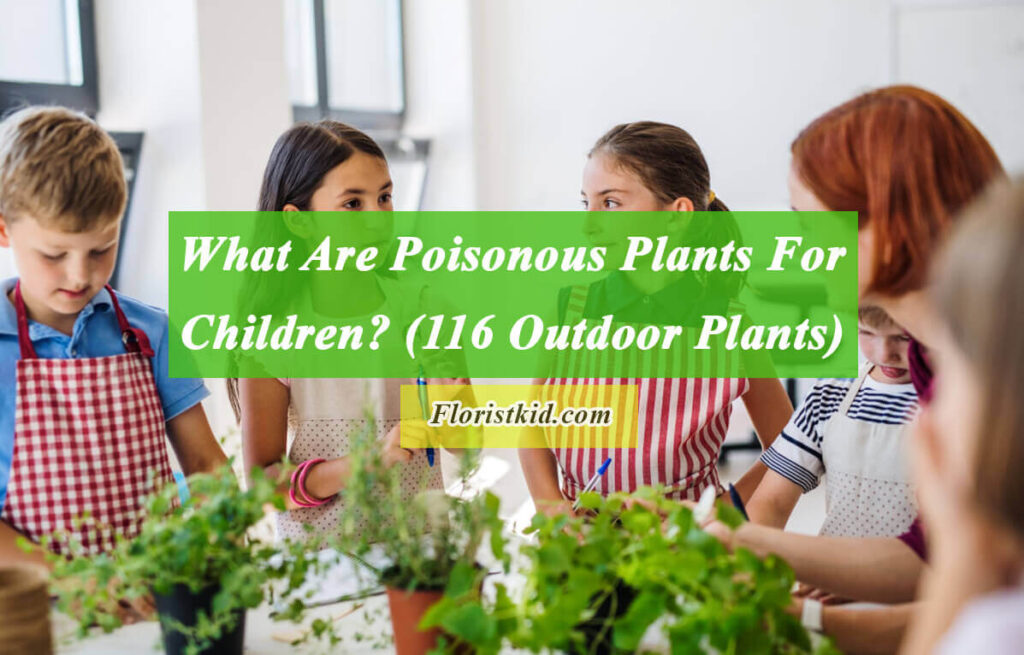Daffodils (Narcissus poeticus), renowned for their vibrant blooms and cheerful appearance, have gained popularity as ornamental plants in gardens worldwide. Many people eagerly welcome these dainty flowers into their homes and gardens to signal the arrival of warmer weather. However, despite their beauty, there have been concerns about the potential toxicity of daffodils, leading to questions about whether they can harm humans and pets. This article aims to delve into this topic and provide an in-depth understanding of the truth behind daffodils’ purported toxicity.
If you are interested in this topic, you can also read
<<Is Coleus Poisonous? >> and <<Are Hibiscus Poisonous? >> articles.
Toxic Components Of Daffodils
Daffodils contain poisonous compounds known as alkaloids, primarily lycorine. Alkaloids are natural plant chemicals that often serve as defense mechanisms against herbivores. Interestingly, the highest concentration of toxins is found in the bulbs, followed by the leaves, stems, and flowers. It is important to note that toxicity levels can vary between different daffodil species and hybrids.
Are Daffodils Poisonous To Humans?
Yes, daffodils are poisonous to humans if any parts of them are ingested. In addition, Touching daffodils can also cause some skin irritation.
Symptoms Of Daffodil Poisoning In Humans
Ingesting any part of a daffodil plant, particularly the bulbs, can cause symptoms of poisoning in humans [1]. Common symptoms include nausea, vomiting, abdominal pain, and, in more severe cases, cardiovascular and respiratory issues. However, it is worth noting that most reported human poisonings have occurred due to accidental ingestion or mistaken identification of bulbs such as onions or shallots [2].
The sap of daffodils contains calcium oxalate crystals, which can cause skin irritation upon contact. This typically presents as redness, itching, and a rash. It is advisable to wear gloves while handling daffodil plants to avoid any potential allergic reactions.
Precautions And Safety Measures For Humans
- Awareness:Educating oneself and others about the risks associated with daffodils is crucial. Recognizing the plant, particularly the bulbs, and advising against ingestion can prevent accidental poisonings.
- Safe Handling:If interacting with daffodil plants, wearing protective gloves and avoiding contact with the sap can minimize the risk of skin irritation. In case of accidental exposure, wash the affected area thoroughly with soap and water.
Are Daffodils Poisonous To Cats?
Yes, daffodils are poisonous to cats. Bulb, stem, and flower bulbs can cause varying degrees of toxicity in cats when ingested [3].
Symptoms Of Daffodil Poisoning In Cats
If a cat ingests any part of a daffodil plant, it may exhibit a range of symptoms, including:
- Nausea and vomiting: Cats may experience these symptoms as a result of the toxic alkaloids in daffodils irritating their digestive system.
- Salivation and drooling: Ingesting daffodils can stimulate excess salivation in cats, leading to drooling.
- Diarrhea and abdominal pain: The presence of alkaloids can cause gastrointestinal distress in cats, potentially leading to diarrhea and discomfort.
- Lethargy and weakness: Some cats may become lethargic or exhibit muscle weakness due to the toxic effects of daffodils.
- Oral and gastric irritation: Ingesting daffodils can irritate the mouth, throat, and stomach, leading to discomfort.
Treatment And Prevention Of Daffodil Poisoning In Cats
If you suspect your cat has ingested any part of a daffodil plant, it is crucial to take immediate action. Contact your veterinarian or an emergency pet clinic for professional guidance. Depending on the severity of the ingestion, your vet may induce vomiting, administer activated charcoal, or provide other appropriate supportive care.
Prevention is key when it comes to protecting your cat from daffodils or any other potentially toxic plants. Here are some tips to help you keep your cat safe:
- Know which plants are toxic: Educate yourself about plants that could be harmful to cats. Keep a list handy or consult resources available online to ensure safety.
- Create a cat-safe environment: Restrict your cat’s access to areas where daffodils or other toxic plants are present. Consider carefully selecting which plants you bring into your home or garden.
- Consider alternative plants: Opt for pet-safe alternatives if you want to enjoy beautiful flowers indoors. Safe options include orchids, roses, sunflowers, or spider plants.
Are Daffodils Poisonous To Dogs?
Yes, daffodils can harm dogs if bulbs, stems, leaves, or flowers are ingested [4].
Symptoms Of Daffodil Poisoning In Dogs
If a dog ingests any part of a daffodil, it may exhibit a range of symptoms that can vary in severity. Common signs of daffodil poisoning in dogs include:
- Gastrointestinal Issues: Vomiting, diarrhea, excessive drooling, and abdominal pain are some initial symptoms that may occur within hours of ingestion.
- Nervous System Effects: Dogs that have ingested daffodil parts may experience tremors, weakness, confusion, and an abnormal increase in heart rate.
- Allergic Reactions: Some dogs may exhibit allergic reactions such as itchiness, hives, or swelling, especially if they come into contact with the plant’s sap.
Treatment And Prevention Of Daffodil Poisoning In Dogs
If you suspect your dog has ingested any part of a daffodil or is showing symptoms of poisoning, it is crucial to seek immediate veterinary assistance. Quick action can help prevent further complications and ensure proper treatment. When planting or cultivating daffodils in your garden, take the following precautions to minimize the risks for your dog:
- Restrict Access: Dogs are naturally curious and may explore areas they should not. Keep your dog away from flowerbeds, potted plants, or other areas where daffodils are accessible.
- Educate Yourself: Familiarize yourself with your garden’s different plants and flowers. Awareness of potential dangers will help you take appropriate preventive measures.
- Proper Storage: Store bulbs, cut flowers, and any other daffodil parts properly, ensuring they are out of reach of your pets.
- Close Supervision: Always supervise your dog outdoors or in an unfamiliar environment to prevent them from accidentally ingesting any toxic plants.
Conclusion
While daffodils possess toxic compounds that can harm humans and animals, severe toxic reactions are less likely. However, it is always prudent to exercise caution and take necessary safety measures to prevent accidental ingestion or contact with daffodils, especially for pets and livestock. Embracing these simple precautions allows us to continue enjoying the beauty of these spring blossoms.

